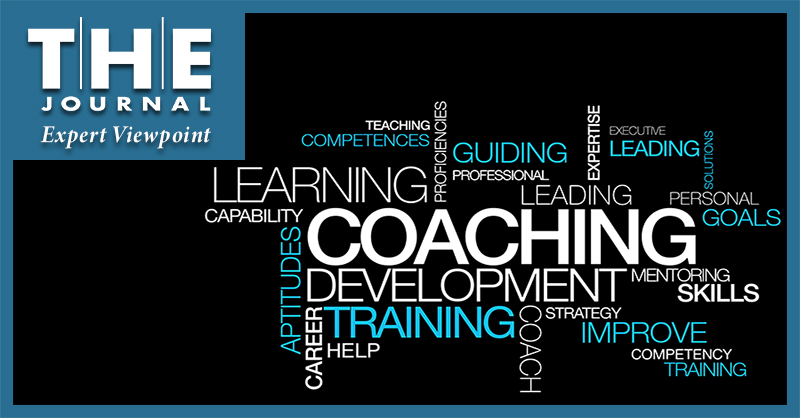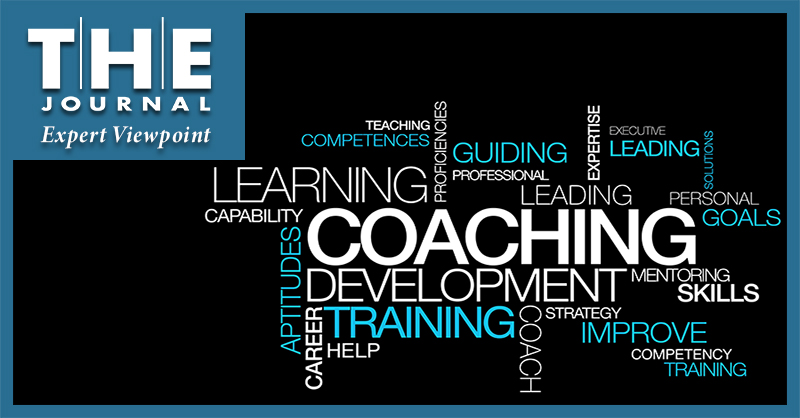
The internet has proven to be a critical tool in the classroom. Even with broad support among parents for the internet as a vital educational tool, we know the internet is a vast and varied place that can easily become a distraction or even a danger. This is where digital citizenship comes in. A former education director of technology offers five tips for embedding good digital citizenship across K–12 schools.

A virtual math teacher and math interventionist shares three ed tech tools that work for helping students overcome barriers and become more engaged and motivated in math class.
As schools respond to the far-reaching mental health crisis in our schools, close collaboration between students, families, schools, community organizations, and support services can be a game-changer, and technology can play a role in making the collaboration easier and automatic. An expert in digital case management systems shares three ways schools can enhance their collaboration practices to better address students' needs.
Schools spend $8 billion on energy each year, but there are ways to save, starting with billing and consumption audits.

A longtime technology professional specializing in data protection and disaster recovery shares four types of tools every K-12 school district should be using to bolster their data protection systems and boost their cybersecurity resilience.
A high school career center coordinator explains three ways CTE or career technical education programs and industry-recognized certifications have given her districts' students an advantage.

The solution to teacher burnout and turnover lies in ensuring literacy educators are valued, heard, and have access to the science of reading knowledge, as well as tools that are based in the science and empower them by taking some of the work off their plates — here are five things schools can do right now to support teachers and improve retention.

With National Education Association research showing that 90% of teachers identify burnout as a serious issue, an education expert offers 5 steps for school administrators to support teachers, reduce burnout and attrition, and pave the way for better learning outcomes.

As districts consider their assessment processes and how they will be used to support student learning, asking questions, and determining the goals for an assessment can help. Building and maintaining a balanced assessment system is essential for schools, but the process can be complicated. School district leaders want to make sure they’re using and administering formative, interim, and summative assessments at the right times and in appropriate ways.

A longtime Spanish teacher and winner of Cypher Learning’s #NEOClearsTheList contest for innovative online learning shares the free browser-based teaching tools that have become indispensable to her instructional practice — even with students back at school in-person.